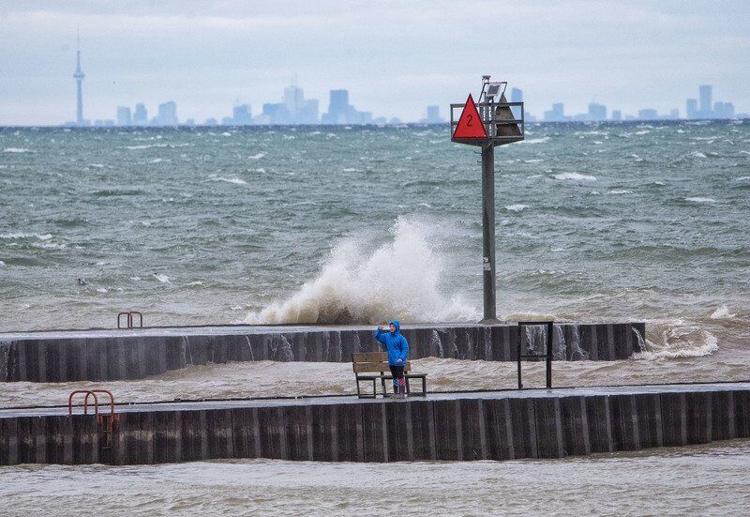
Posted on September 28, 2021
INITIATIVE: Webinar for coastal resiliency posted, input from public encouraged.
The Niagara and Orleans counties Coastal Lakeshore Economy and Resiliency (CLEAR) Initiative held a public webinar Tuesday night in which risks and opportunities were presented by representatives of Ramboll, a consulting engineer group.
CLEAR supports local communities along Lake Ontario, the lower Niagara River and the upper St. Lawrence River with the development of strategies to create long-term protection against flooding and storms. A steering committee composed of key municipal elected officials, as well as community leaders and regional organizations has been created for each region and members will help guide the development of the CLEAR plan.
During the webinar, Chris Bauer of the New York Department of State introduced the purpose of the initiative.
“CLEAR started as a planning project in response to our very variable lake levels we had in the last 10 years, and most specifically on the high level we had in 2017 and 2019,” he said. “We are getting together to see what kind of opportunities are out there for communities impacted by these variable lake levels.”
The initiative was created by former Gov. Andrew Cuomo in February of 2020 and will build upon local plans as well as the 2019 Resiliency and Economic Development Initiative (REDI).
A risk assessment presentation was provided by Shawn Gannon of Ramboll.
“Stakeholders, and community members and other provided us assets,” Gannon said. “Those were items in the community that were important to the economic and social aspect of the community. Things that defined the way the community was. These are important to consider their exposure and assess their long-term vulnerability.”
These assets included the shoreline of Johnson Creek and residential waterfront property, both of which had category of extreme risk.
“This is an assessment of the features, … measurable, on the ground details, that were taken into consideration to give us one part of the risk to the asset,” Gannon continued.
Assets were categorized and ranked by importance of community value, the top being cultural and natural resources and economic.
“These are key pieces of the community,” Julie Conroy of Ramboll said. “Economic development is obvious, natural and cultural resources. Health and social services are elements that empower highly social vulnerable populations and of course housing and infrastructure. These are the buckets that we think of these needs.”
Conroy also said that, as well as identifying each of these needs, the public was invited to share opportunities to overcome these challenges.
“To go along with these needs, we asked our committee what would the top opportunities or actions or measures we should take,” Conroy continued. “With regard to infrastructure, how would you repair currently damaged or degrade infrastructure and then how do you locate those services in the near-term.”
Other opportunities included working with state agencies and environmental agencies, as well as revising comprehensive plans to include policies for coastal resilience. Conroy also noted that public and private organizations could be approached on how to create less carbon emissions in regard to climate change.
Input for needs and opportunities are open for comment on the webpage, www.NiagaraOrleansClear.com, and the webinar itself will be posted on the website as well.
“I encourage everyone to go to the webpage, this is a place to make comments about these needs,” Conroy said.





